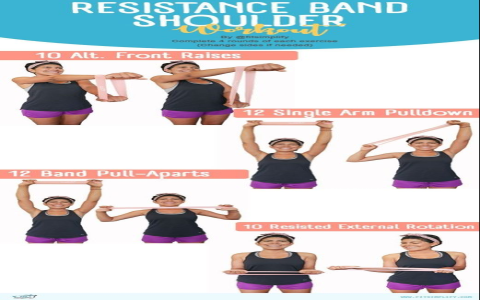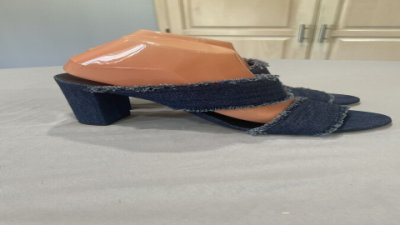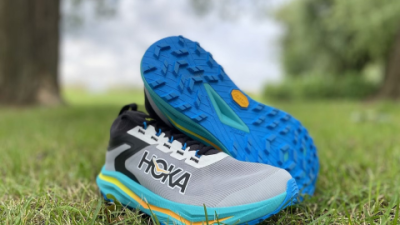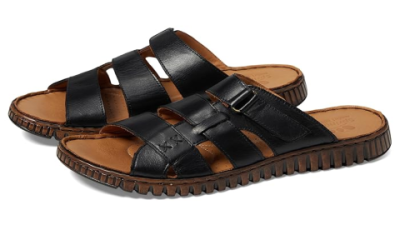1. Beginner’s Guide to Using a Resistance Band Pole: Start Strong!
What Is a Resistance Band Pole?
If you’re new to fitness gear, a resistance band pole might sound a bit fancy, but it’s actually pretty simple. It’s just a pole combined with resistance bands that help you build muscle and stretch better. Think of it as your new workout buddy that makes exercising both fun and effective!
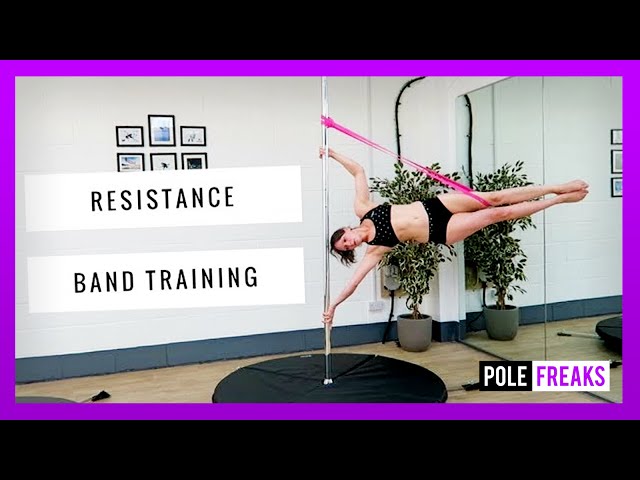
Why You Should Give It a Try
- Build muscle strength without needing heavy weights
- Improve your flexibility for easier movement and fewer injuries
- Perfect for home workouts or small spaces
- Great for pole dancers, fitness fans, or anyone recovering from injury
Simple Steps to Get Started
- Find a sturdy pole and attach your resistance bands safely.
- Start with basic stretches and light resistance exercises.
- Slowly increase the intensity as you get more comfortable.
Safety Tips
Always warm up before your workout and don’t push yourself too hard. Listen to your body to avoid injuries like muscle strains.
2. Top Resistance Band Pole Exercises for Quick Results
Get Ready to Sweat and Stretch!
Here are five awesome exercises with the resistance band pole that will help you see results fast:
- Pole Squat with Resistance Band
Works your legs and glutes while helping with balance. Keep your knees behind your toes to stay safe. - Overhead Pole Stretch
Great for shoulder flexibility and upper body strength. Hold for seconds and repeat three times. - Side Leg Lifts with Bands
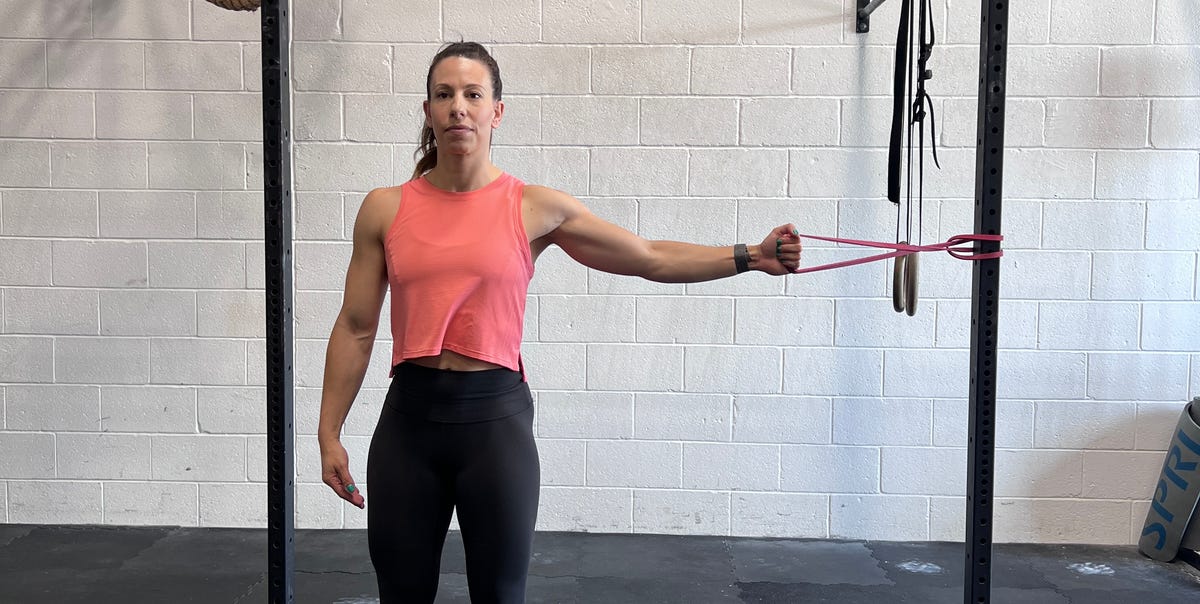
Targets your hips for strength and flexibility. Keep your core tight for better control.
- Pole Rows
Build your back muscles and improve posture. Remember to squeeze your shoulder blades as you pull. - Resistance Band Pole Twists
Boost your core strength and spinal mobility. Move slowly to really engage your abs.
Try to do these exercises to times a week, for about to minutes each session. You’ll start noticing stronger muscles and better flexibility in no time!
3. How Resistance Band Poles Enhance Pole Dance Performance
Take Your Pole Dance Skills to the Next Level
Pole dancing is not just a cool art form—it’s a full-body workout! Using a resistance band pole can:
- Increase your grip strength so you can hold poses better
- Improve your flexibility for those stunning moves
- Build core and upper body power to hold poses longer
Must-Try Pole Dance Moves
- Pole Pull-Ups with Bands
- Flexibility Stretching Routine
- Core Strengthening Twists
Many pole dancers love resistance band poles because they speed up progress and help prevent injuries. Plus, they’re easy to take anywhere for practice!
4. Resistance Band Pole vs. Traditional Resistance Bands: Which Is Better?
The Ultimate Showdown
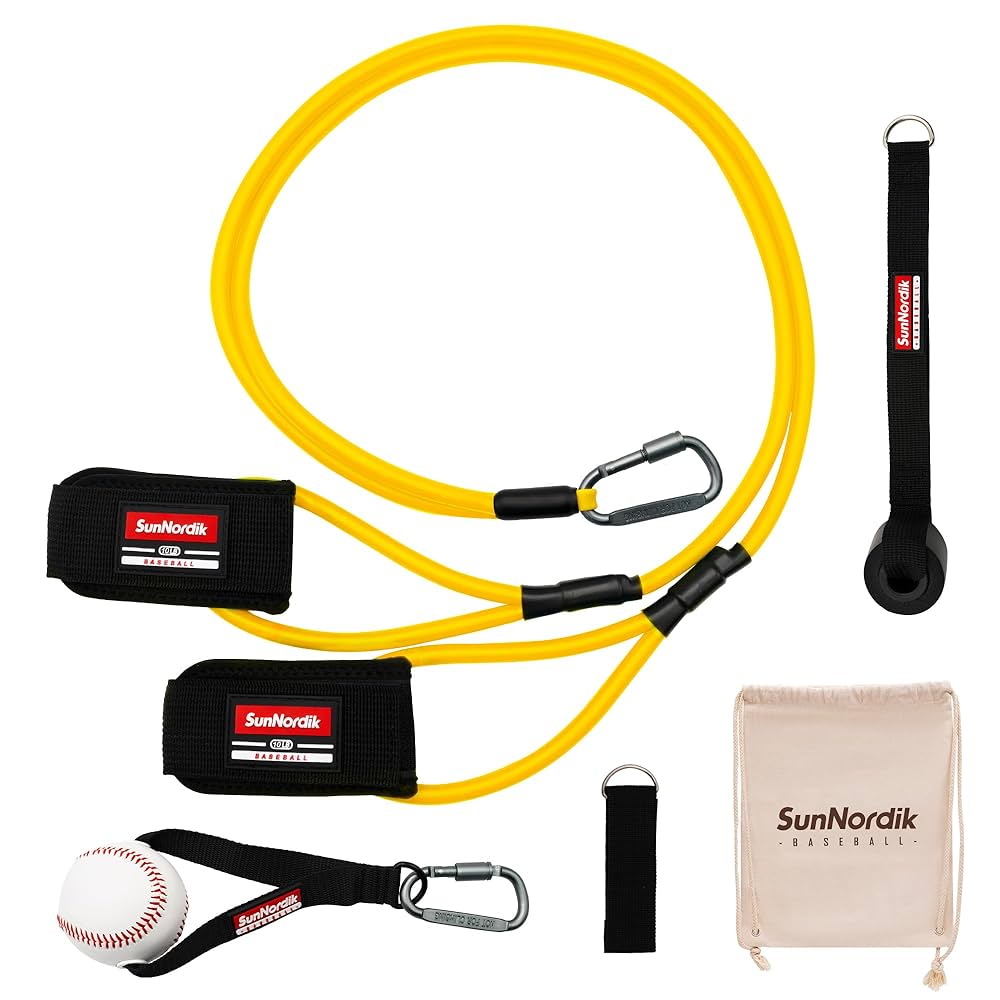
Both tools are great, but here’s how they compare:
| Feature | Resistance Band Pole | Traditional Resistance Bands |
|---|---|---|
| Stability | Offers solid support | Requires more balance |
| Range of Motion | Allows dynamic stretching | Great for isolated muscle work |
| Portability | Somewhat bulkier | Very portable |
| Best For | Full-body workouts & pole training | Quick strength exercises |
If you want full-body strength and flexibility training, especially for pole fitness, the resistance band pole is your best bet. For quick, targeted workouts, traditional bands work great.
5. How to Fit Resistance Band Pole Workouts into Your Daily Life
Make It Fun and Easy
Here’s how to add resistance band pole workouts without disrupting your day:
- Morning Boost: minutes of stretching to wake up your muscles
- Lunch Break Power: Quick 20-minute strength session
- Evening Wind-Down: Gentle flexibility exercises before bed
Tips to Keep You Going
- Set reminders on your phone
- Mix up your exercises to keep things interesting
- Track your progress with a journal or an app
6. The Science Behind Resistance Band Pole Training
Why It Works
Resistance bands create constant tension on your muscles, which helps build strength and endurance. The pole adds stability and lets you stretch dynamically, improving your flexibility.
Benefits Backed by Research
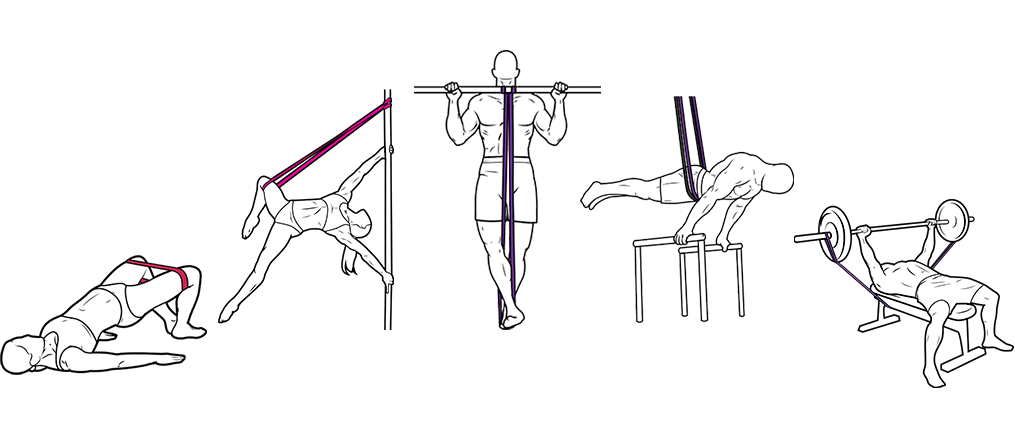
- Increases muscle activation
- Improves joint mobility
- Helps prevent injuries by balancing muscle groups
Experts recommend combining resistance band pole training with cardio and good nutrition for the best results.
7. Common Challenges and How to Beat Them
Stuck on Flexibility?
Try changing your routine every few weeks to keep your muscles guessing.
How to Avoid Injuries
- Always warm up and cool down
- Focus on good form and don’t rush
- Rest if you feel pain, not just normal soreness
Adjusting Exercises for Your Level
If you’re a beginner, start with lighter bands and simpler moves. If you’re more advanced, increase resistance and reps.
8. Workout Plans for Different Goals
Pick Your Goal: Strength, Flexibility, or Rehab
| Goal | Focus | Example Exercise |
|---|---|---|
| Strength | Heavy resistance, fewer reps | Pole Rows, Squats |
| Flexibility | Dynamic stretching, longer holds | Overhead Pole Stretch, Twists |
| Rehab | Low resistance, gentle moves | Assisted Leg Lifts, Slow Twists |
You can mix strength and flexibility exercises to create a balanced routine that fits your lifestyle.
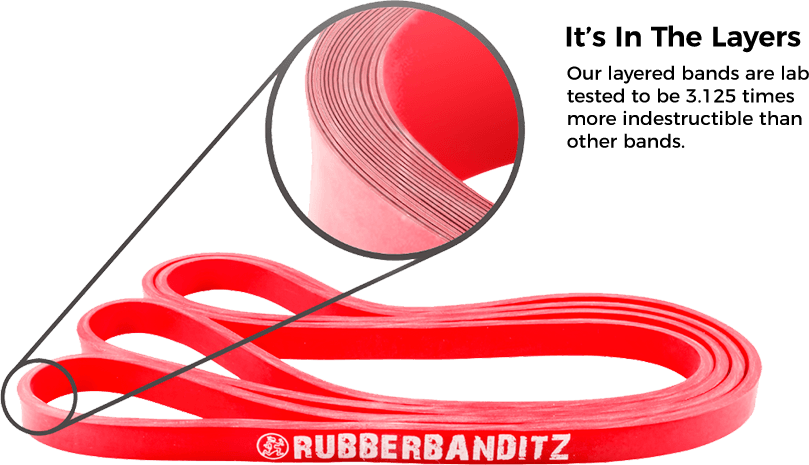
9. Gear Up: Accessories to Maximize Your Workouts
Must-Have Gear
- Good-quality resistance bands in different strengths
- Non-slip gloves for better grip
- A workout mat for comfort during floor exercises
- A portable pole stand if you don’t have a fixed pole
Keep Your Gear in Top Shape
Clean your bands regularly and check for wear to avoid accidents during workouts.
10. Real Stories: How Resistance Band Poles Changed Lives
Meet Sarah
Sarah, 25, is a pole dancer who gained strength and flexibility in just six weeks using resistance band pole workouts.
Inspiring Transformations
- Better posture and more confidence
- Faster recovery from injuries
- Mastered more advanced pole tricks
Users love how convenient, fun, and effective resistance band pole workouts are, keeping them motivated to stick with it!
